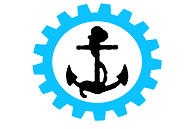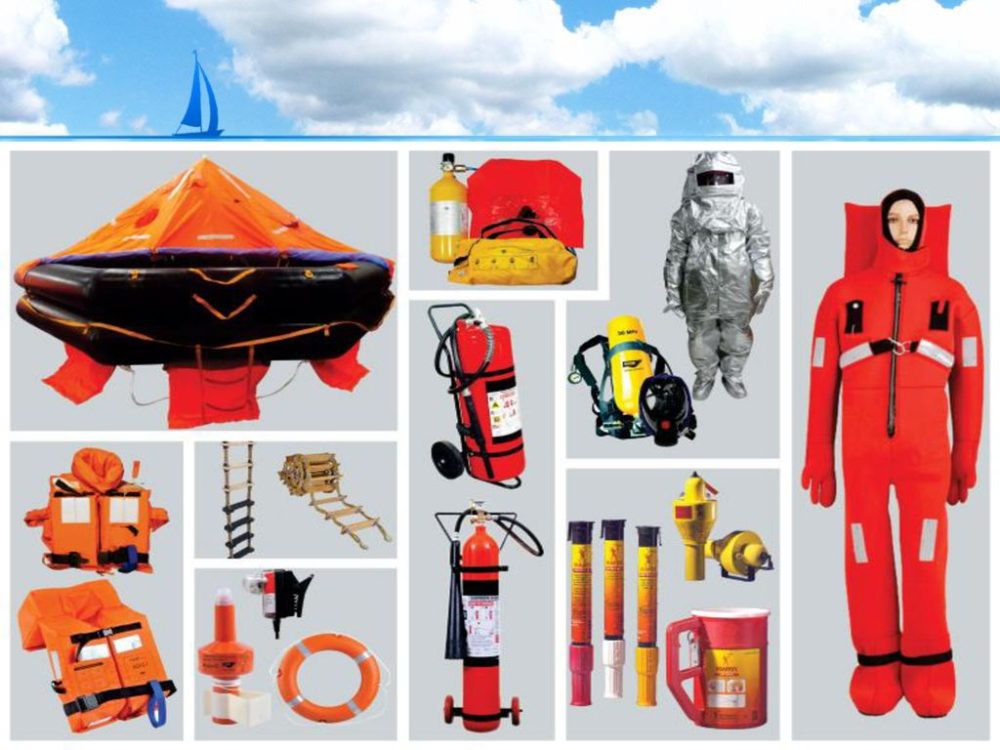Marine Safety Equipment in Bangladesh
Bangladesh, with its extensive coastline along the Bay of Bengal and a bustling maritime industry, relies heavily on marine transportation. Ensuring the safety of seafarers, passengers, and cargo is of paramount importance. This article explores the significance, types, regulations, and challenges associated with marine safety equipment in Bangladesh.
The Significance of Marine Safety Equipment
Safety at sea is a matter of life and death. Marine safety equipment serves as the ultimate safeguard against maritime emergencies. In a country like Bangladesh, where waterways are a primary mode of transportation, the importance of these safety measures cannot be overstated. They not only save lives but also bolster the sustainability of the maritime sector.
Types of Marine Safety Equipment
1. Life Jackets and Personal Flotation Devices (PFDs)
Life jackets and PFDs are the most basic yet essential safety gear for seafarers and passengers. In a country with an extensive network of rivers and water bodies, ensuring the availability and proper use of these devices is critical. They provide buoyancy and significantly increase the chances of survival during emergencies.
2. Lifeboats and Life Rafts
Lifeboats and life rafts are indispensable for evacuating vessels in distress. Regular maintenance and ease of accessibility are paramount to ensure their effectiveness during critical situations.
3. Firefighting Equipment
Fires on board vessels can be devastating. Firefighting equipment, including extinguishers, hoses, and fixed firefighting systems, is crucial for preventing and combating onboard fires. These systems must adhere to strict safety standards to ensure optimal performance.
4. Navigation Aids
Navigation aids, such as GPS systems, radar, and the Automatic Identification System (AIS), play a pivotal role in safe navigation, especially in the challenging waters of the Bay of Bengal. Proper maintenance and accurate data are essential for their reliability.
5. Communication Systems
Effective communication is vital for coordination, emergency response, and receiving weather updates. Maritime communication systems, including VHF radios and satellite communication, enable ships to stay connected with shore authorities and other vessels, enhancing overall safety.
Regulations and Compliance
Bangladesh adheres to international maritime regulations to guarantee the safety of its waters and the vessels operating within them. The Bangladesh Shipping Ordinance of 1983 and the Merchant Shipping Ordinance of 1983 outline comprehensive guidelines covering aspects such as ship construction standards, crew qualifications, and equipment maintenance.
Challenges and Innovations
Maintaining marine safety equipment in Bangladesh poses challenges due to the country’s tropical climate and constant exposure to saltwater. Routine inspections and maintenance are essential to combat corrosion and wear. Innovations in materials and technology, including corrosion-resistant materials and digital monitoring systems, are helping mitigate these challenges.
Conclusion
In a country where maritime activities are integral to the economy, marine safety equipment stands as the first line of defense against maritime emergencies. These tools and systems ensure the safety of crew members, passengers, and valuable cargo. Stringent regulations and continuous innovation in equipment and maintenance practices are essential to secure safe seafaring in Bangladesh.
Frequently Asked Questions (FAQs)
- What are the primary safety measures for seafarers in Bangladesh?
- Primary safety measures include the use of life jackets, lifeboats, firefighting equipment, navigation aids, and communication systems.
- How does Bangladesh regulate maritime safety?
- Bangladesh follows international maritime regulations outlined in the Bangladesh Shipping Ordinance of 1983 and the Merchant Shipping Ordinance of 1983.
- What challenges does marine safety equipment face in Bangladesh?
- Challenges include corrosion due to the tropical climate and saltwater exposure. Regular inspections and innovative materials help mitigate these challenges.
- Are there innovations in marine safety equipment?
- Yes, innovations include the development of corrosion-resistant materials and digital monitoring systems to enhance equipment reliability.
- Why is marine safety equipment crucial in Bangladesh?
- Marine safety equipment is crucial to ensure the safety of seafarers, passengers, and valuable cargo, given the significance of maritime activities in Bangladesh’s economy.

